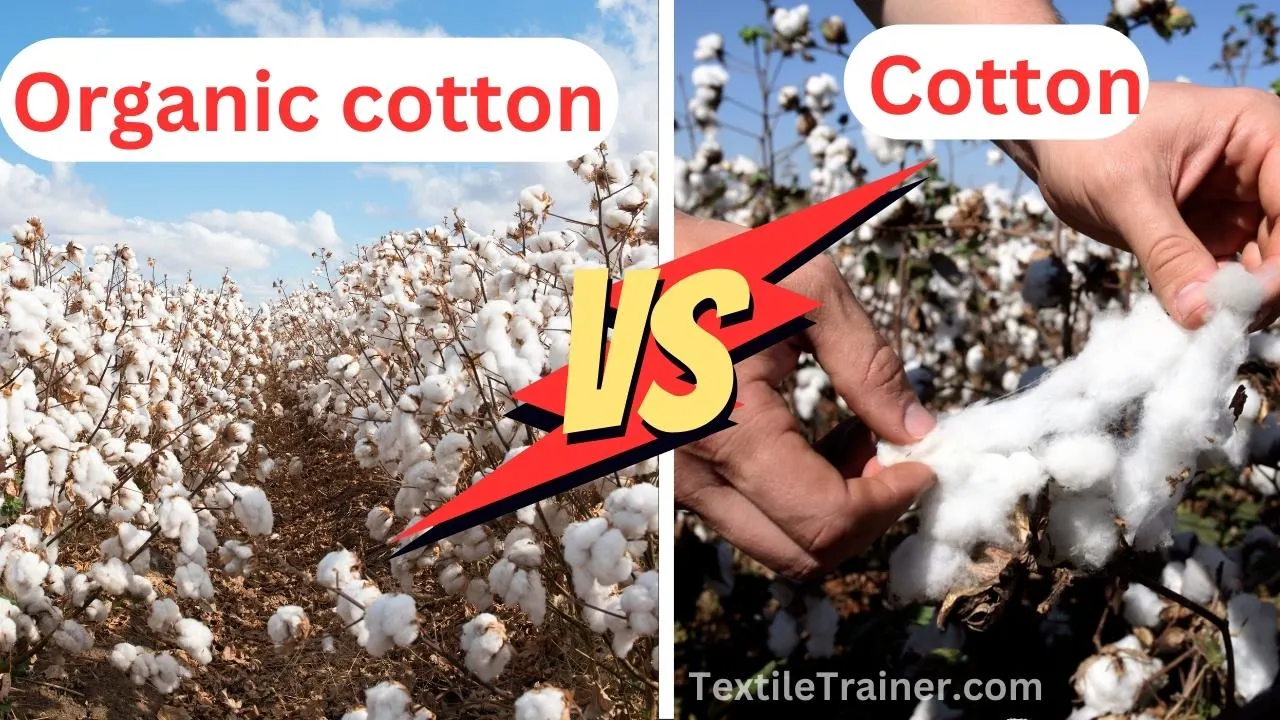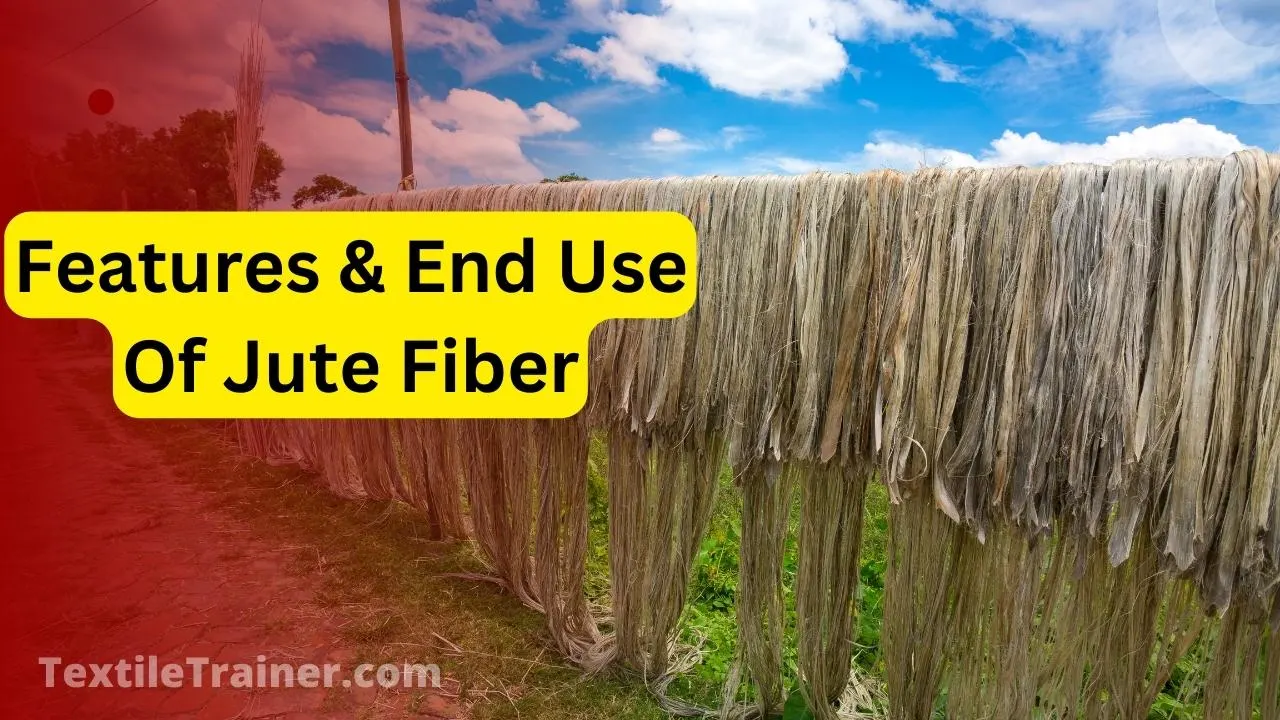What is Textile Fiber? Classification of Textile Fiber Simple 6 Ways
se types 1. What is Textile Fiber?
Answer: Textile fibers are materials of natural or artificial origin that can be converted into yarn and fabric for clothing and domestic and industrial purposes by interlacing or interloping. In other words, textile fiber is a class of natural or manufactured materials with some unique properties, i.e., spin ability or spun-able, high length-to-width ratio, sufficient strength, flexibility, dyeing ability, and cohesiveness, stiffness, ability to resist, good elongation properties. In this article, we will learn the classification of textile fiber.
2. Classification of Textile Fiber:
Classification of textiles fiber can be done in many ways. Some of them are as follow:
- Classification according to their nature and origin.
- Classification to according to length.
- Classification according to botanical or zoological or chemical name.
- Classification according to their utility.
- Classification according to the ability to attack water.
- Classification according to thermo plasticity.
One by one we will show all the classification.
2.1 Classification according to their nature and origin.

2.1.1 Vegetable fiber:
Vegetable fiber is derived from a different parts of tea. Major vegetable fiber is described below:
- Cotton: the cotton fiber grows in the seedpod, or boll, of the cotton plant. Each fiber is a single elongated cell that is flat, twisted and ribbon like with a wide inner hollow that is called lumen.
- Linen: The linen fiber is obtained from the stalk of the flax plant. the hairlike fibers, which are held together by a gummy substance called pectin, comprise the core of the flax stalk.
- Jute: Jute fiber is called bast fiber. Because, jute fiber is obtained from the bast of the plant. jute fiber also called ligno-cellulosic fiber.
- Coir: Coir is obtained from the fibrous mass between the outer shell and the husk of the coconut. It is sometimes sold as coco fiber.
- Flax: Flax is one of the oldest textile fibers. Fragments of linen fabric have been found in prehistoric lake dwellings in Switzerland; linen mummy wraps more than 3000 years old have been found in Egyptian tombs.
- Ramie: Ramie is also known as grasscloth, China grass and Army/Navy cloth. It has been used for several thousand years in China.
- Abaca: Abaca is obtained from a member of the banana tree family. Abaca fibers are coarse and very long; some may reach a length of 15 feet.
- Sisal: Sisal are grown in Africa, Central America, and the West Indies. This fiber is smooth, straight and yellow.
- Pina: Pina is obtained from the leaves of the pineapple plant. The fiber is soft, lustrous, and white or ivory.
2.1.2 Animal Fiber:
Animal fibers are obtained from animal origin: wool and specialty wools are the hair and fur of animals, and silk is the secretion of the silk caterpillar. Major fiber source from animal is described below:
- Wool: wool fiber grows from the skin of sheep. It is composed of a protein known as keratin. wool is a relatively coarse fiber.
- Silk: Silk fiber is a fine continuous strand unwound from the cocoon of a moth caterpillar known as the silkworm. while silkworms are generally cultivated, another type, wild silk, is obtained from uncultivated silkworm cocoons.
- Mohair: Mohair is the hair fiber of the Angora goat. Major producers are South Africa, the United States, and Turkey.
- Qiviut: Qiviut is a rare and luxurious fiber, is the under wool of the domesticated musk ox. A Large musk ox provides about 6 pounds of wool each year.
- Angora: Angora is the hair of the Angora rabbit produced in Europe, Chile, China and the United States. It is harvested up to four times a year by plucking or shearing.
- Camel’s Hair: Camel’s hair is obtained from the two humped Bactrian camel, found from Turkey east to China and north to Siberia. Camel;s hair is an excellent insulator.
2.1.3 Mineral fiber
Asbestos is a mineral fiber which is obtained from varieties of rock. It is a fibrous form of silicate of magnesium and calcium, containing iron, aluminum, and other minerals. Asbestos is acid proof, rust proof, and flameproof.
2.1.4 Regenerated fiber
Regenerated fibers are produced from naturally occurring polymers. these polymers do not occur naturally as fibers; thus, processing is need to convert them into fiber form. some major regenerate fibers are described below:
- Rayon: Rayon was the first regenerated cellulosic fiber. It was developed before scientists knew how molecular chains were developmed in nature or how they could be produced in the laboratory.
- Lyocell: the development of lyocell was prompted in part by concern about rayon’s negative environment impact. When the fiber was first introduced in early 1990 s, it was marketed as a type of rayon.
- Acetate: Acetate originated in Europe. Using a technique that produced a spinning solution of a silk like fiber, the Dreyfus brothers experimented with acetate in Switzerland.
2.1.5 Synthetic fiber
Synthetic fiber is made by different chemical reaction. Synthetic fiber also know as manufactured synthetic fiber or chemical fiber or non-cellulosic manufactured fibers. But Synthetic is the name most commonly used. Here some synthetic fibers are mentioned:
- Nylon: Nylon is a manufactured fiber in which the fiber forming substance is any long chain, synthetic polyamide in which less than 85% of the amid linkage are attached directly to two aromatic rings.
- Polyester: The first polyester fiber, Terylene, was produced in England. It was first introduced in the United States in 1951 by Dupont under the trade name Dacron.
- Acrylic: Acrylonitrile, the substance from which acrylic fibers are made and from which the generic name is derived, was first made in Germany in 1983.
2.1.6 Inorganic fiber
Major Inorganic fiber are described below:
- Glass fiber: Glass fiber is inert and highly flame resistant. It is used for such home furnishins as curtains and drapery. It has many industrial applications.
- Carbon fiber: Carbon fiber is derived from a precursor, usually rayon, poly acrylonitrile or pitch subjected to high heat under carefully controlled conditions. Such carbon fiber is produced for such highly specialized purposes as reinforcement in air plane and rocket structures as well as for golf sticks shanks.
2.2 Classification to according to length.

2.2.1 Staple fiber:
A staple fiber is a textile fiber of discrete length. Staple length is a characteristic fiber length of a sample of staple fibers. It is an essential criterion in yarn spinning and aids cohesion and twisting. The United States Department of Agriculture categorizes the staple length of cotton fibers for convenient cotton classing as follows:

Example of staple fiber: Cotton, Wool, etc.
2.2.2 Filament fiber
Filament fibers are a opposite of staple fiber, which comes in continuous length. So we can say, filament fiber is fiber which having indefinite or extreme length. If filament fiber is cut into discrete length in table 2.2.1, it becomes staple fiber.
Example of filament fiber: Nylon, Polyester, Acrylic etc.
2.3 Classification according to botanical or zoological or chemical name.

2.3.1 Botanical fiber
Botanical fiber also called vegetable fiber. This types of fibers are obtained different parts of plant. Example: Cotton, Jute, Flax etc.
2.3.2 Zoological fiber
Zoological fiber known as protein or animal fiber. Zoological fibers are obtained from animal origin. Example: Wool, Silk, etc.
2.3.3 Chemical fiber
Chemical fiber known as artificial or man-made fiber. This types of fiber is made from different chemical reactions.
Example: Polyester, Nylon, etc
2.4 Classification according to their utility.

2.4.1 Major textile fiber
Major textile fibers are those which are widely used in world wide as textiles product by textile industry. Major textile fibers are cotton, jute, silk, rayon, viscose, polyester, etc.
2.4.2 Minor textile fiber
Minor textile fibers are those which are not widely used in world wide as textiles product by textile industry. These types of textile fibers are less used. Minor textile fibers are Asbestos, Abaca, Carbon, Bamboo fiber, banana fiber, etc.
2.5 Classification according to the ability to attack water.

2.5.1 Hydrophilic fiber
The fiber which has a water attraction is called hydrophilic fiber. Every hydrophilic fiber has a hydrogen group. The hydrogen group attaches to the water. All natural fibers have hydrogen groups, that’s why all-natural fibers are hydrophilic.
Example: Cotton, Jute, Silk, Hem, etc.
2.5.2 Hydrophobic fiber
Hydrophobic fibers are those which are not absorb readily moisture. All synthetic fibers are hydrophobic. Due to the absence of water attracting group, hydrophobic fiber show low moisture absorption property.
Example: Polyester, Nylon, Rayon, etc
2.6 Classification according to thermo plasticity.

2.6.1 Thermoplastic fiber
Thermoplastic types are those which are deform-able by heat and pressure without accompanying chemical changes. This suggests that heat can soften thermoplastic fibers, which means they can be molded and heated. Most of the synthetic fiber have thermoplastic properties.
Example: Polyester, Nylon, Rayon, etc.
2.6.2 Non-thermoplastic fiber
Non-thermoplastic fiber are those which are not deform-able by heat and pressure.
Example: Cotton, Silk, Jute, etc.
Conclusion:
Textile fibers or textile fibers can be created from many natural sources. As well as semi-synthetic methods that use naturally occurring polymers and synthetic methods that use polymer based material and even minerals such as metals to make foils and wires. If you have any question, let me know by comment box.
References
- 1.Belal, P. D. (2009). Understanding Textiles for a Merchandiser . Dhaka: L.B graphics and Printing.
- Corbman, B. P. (1983). Textiles Fiber to Fabric. New York: Mc Graw Hill.
- Hossain, M. S. (2014). Introduction to Textile Engineering. Dhaka: Books Fair Publications.
- Kadolph, S. J. (2009). Textiles. New Delhi: Dorling Kindersley.
- Siddique, D. H. (n.d.). Natural Fibers. Dhaka.



